Prevention and treatment of gray rot on grapes
Botrytis, or grape gray rot, most often affects fruits at the time of their ripening. Damp weather contributes to this. The disease is easily curable at the initial stage, but in the future it can be dealt with by approaching the matter competently. However, it is easiest to pay attention to preventive measures, preventing the disease from developing in the vineyard.
Factors contributing to the disease
Gray rot on grapes is caused by the fungus Botrytis cinerea Pers. Under favorable conditions for the development of mycelium, it multiplies rapidly, affecting shoots, leaves, berries and inflorescences. Like other fungi, Botrytis loves warmth and high humidity. Weakened bushes are the first to get sick in the vineyard.
The causative agent of gray rot tolerates wintering well, remaining in plant debris and the upper soil layer. In the spring, with the arrival of heat, the spores begin to grow, the wind facilitates their movement over long distances. Symptoms begin to appear especially clearly towards the middle of summer.
The likelihood of developing botrytis increases in the case of:
- rainy weather;
- too dense plantings;
- insufficient ventilation of the crown;
- cultivation of varieties with a high sugar content, prone to the formation of a dense brush.
The damage to the fruits is facilitated by their cracking as a result of excess moisture. The fungus quickly penetrates the formed cracks and begins its destructive activity. Damage caused by punctures from wasps and other insects leads to the same consequences. Berries can also be injured by unexpected hail.
Characteristic manifestations
Grapes can be affected not only by gray, but also by white and black rot. Each of these diseases has its own symptoms.
Botrytis manifestations:
- Brown spots with a gray coating appear on the infected foliage. Gradually, the leaves dry up and begin to fall off.
- If the disease affects the inflorescences, then the flowers do not bloom, but dry and fall off.
- At the fruiting stage, brushes may be affected. The bunch stops developing, the berries wither.
- When ripe berries are damaged, dark foci appear on them, the skin becomes loose, its structure is disturbed.
With an advanced form of Botrytis, the affected parts of the vine are covered with a gray fluffy bloom - this is a characteristic feature that distinguishes the disease from other rot. The resulting plaque is nothing more than the mitospores of a pathological fungus.
How to deal with gray mold on grapes?
In order to reduce the risk of disease, it is necessary to initially select varieties that are resistant to Botrytis for planting. For example:
- Agat Donskoy;
- "Delight";
- "Timur";
- "Harold";
- "Monarch";
- "Helios";
- "Dubovskiy pink";
- Galbena Nou.
In addition, it is necessary to strictly observe agricultural techniques and take care of the vine. Preventive spraying should be carried out in a timely manner.
Prevention measures
To reduce the possibility of gray rot in the vineyard, you need to create suitable conditions for the plants.
Proper crop care is as follows:
- landing in the most sunny place;
- timely pruning;
- application of balanced fertilizers;
- refusal to use organic matter;
- timely harvesting of fallen leaves and berries;
- moderate watering and regular loosening.
The vine must be regularly examined in order to detect the first signs of the disease in time.
Preventive treatments against Botrytis are carried out twice - in spring and autumn. In spring, the bushes are sprayed when young shoots reach a length of 15 cm, and in autumn - in preparation for winter.For spraying, copper-containing preparations are used, most often it is 1% Bordeaux liquid. Potassium iodide can also be used for this purpose (2 g per 10 liters of water). The drug is also used to treat focal lesions.
Treatment of botrytis on plants with drugs
Chemicals are used when the vineyard is severely affected by gray mold and the disease continues to spread to the remaining healthy plants. To begin with, the affected brushes and shoots are removed from the bush, burning them immediately outside the site. Even if 2-3 berries are affected in a bunch, it is better to remove it completely.
For spraying for the purpose of treatment, use:
- Copper sulfate - 5 g per 10 liters of water. Often this agent cannot be used for spraying: the plaque remaining on the leaves after treatment interferes with their normal development.
- Fundazol. Fungicide belonging to the benzimidazole group. It is active for 3 days after application and provides protection for another 7 days. If the dosage is observed, it does not have phytotoxicity. The solution is prepared from 10 g of the drug per 10 l of water. It will take 2 treatments with an interval of 10 days.
- "Topaz". A drug used for the prevention and treatment of fungal diseases. The main active ingredient is penconazole. Fungicide can be used even on rainy days, as it is absorbed with lightning speed. The drug is consumed at the rate of 1 ampoule (2 ml) per 10 liters of water. The tool is used at all stages of the plant's growing season, and after processing, the fruits remain edible. Subsequent spraying is carried out at intervals of 14 days.
- Ronilan. A chemical preparation with a fungicidal effect, based on vinclozolin. A 0.1% suspension is prepared from the powder and the grapes are sprayed before flowering, immediately after it, when the coloring of the berries begins, and after another 2-3 weeks.
- "Immunocytophyte". The tool belongs to the group of biological products. Increases the resistance of the vineyard to fungal diseases. The drug does not have a toxic effect on plants, it is safe for humans and animals. The crop remains edible after processing. The product is used to treat the grapes three times: the first time spraying is carried out before the beginning of flowering, the second treatment should be carried out 10-12 days after that, after another 20 days the third spraying is carried out. To prepare the solution, 1 tablet of the drug is poured with a small amount of water, mixed thoroughly and the total volume is brought to 1.5 liters with water.
When working with chemicals, you must protect yourself using a respirator, goggles, gloves, tight clothing. Spraying is carried out in the morning or evening hours.
The use of folk remedies
Opponents of chemicals can use folk remedies to combat gray rot on grapes. However, you need to understand that such treatment has a less pronounced effect and can be used only at the initial stage of the lesion.
- Baking soda solution. It is prepared from 80 g of substance per 10 liters of water. To enhance the effect, you can add 20-30 g of crushed laundry soap. You need to spray the vineyard every 3-4 days until the signs of damage disappear.
- Iodine. Add 10 drops of iodine tincture from a pharmacy to a bucket of water. The resulting solution is abundantly sprayed on diseased bushes. The treatment is repeated every 7 days.
- Dry mustard. Mustard powder in an amount of 50 g is added to 5 liters of hot water and insisted in a dark place for 2 days. The prepared solution is diluted with water in equal parts before use. Bushes are processed 3-4 times with an interval of 5-7 days.
- Lactic acid products. To prepare the solution, use 1 liter of kefir, whey or just sour milk per 10 liters of water. For enhanced action add 20 drops of iodine. Spraying with the composition is carried out every 10 days until the symptoms disappear.
All products are used immediately after preparation. Spraying should not be carried out in sunny weather.
To successfully resist gray rot in the vineyard, it is necessary to properly care for the vine, conduct regular examinations to identify signs of diseases, and be able to distinguish between their symptoms. In case of appearance of characteristic signs of botrytis, the affected plant parts are urgently removed and appropriate treatment is started.
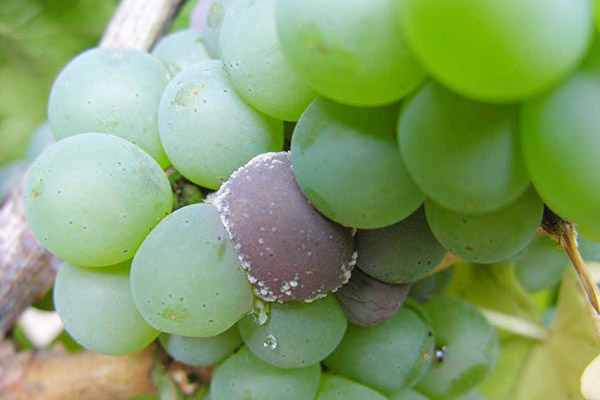

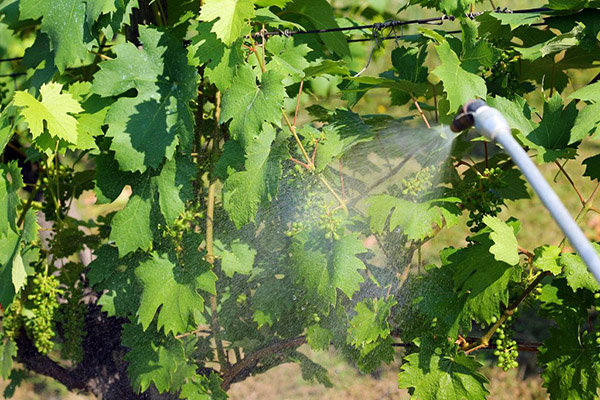

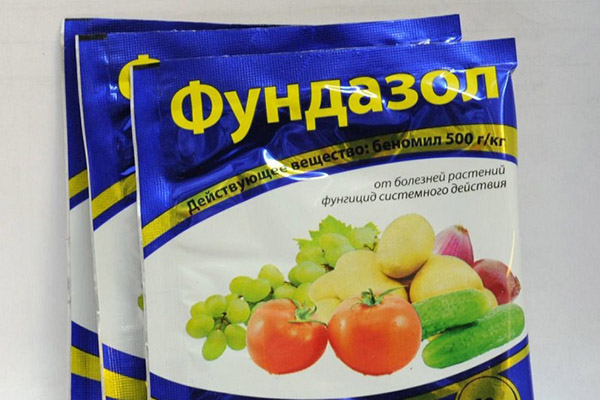
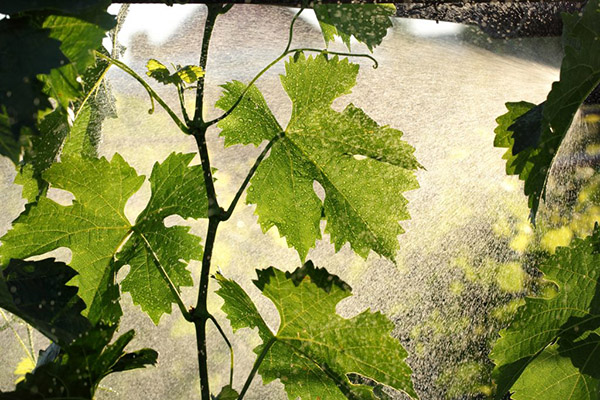
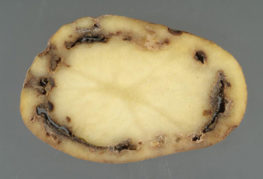

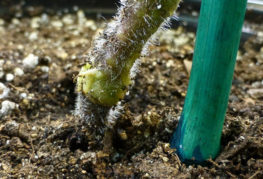

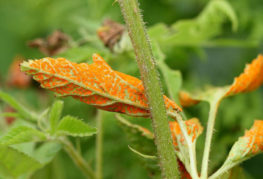
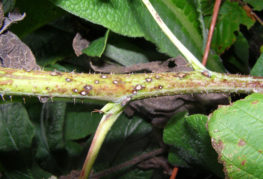
and will be published shortly.